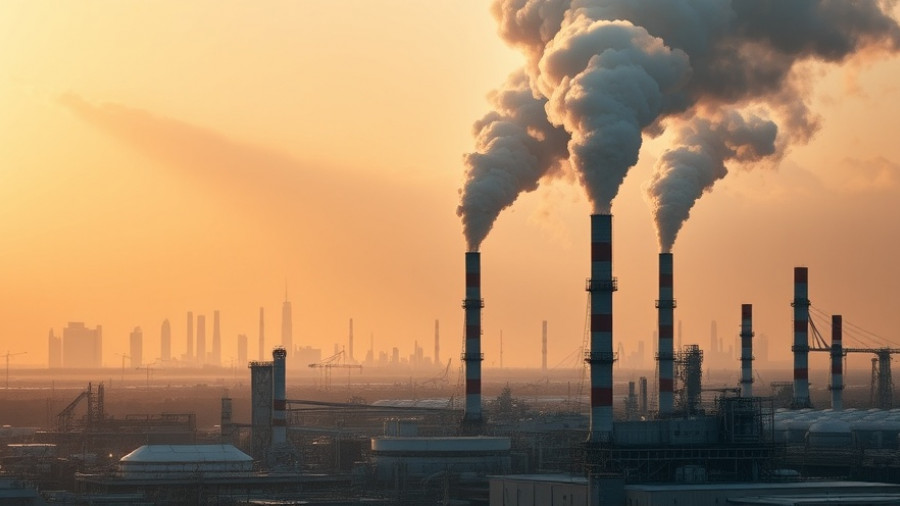
A Historic Alliance Against Fossil Fuels
In a groundbreaking move, an international coalition of over 1,400 organizations from both governmental and civil conservation sectors has come together to challenge the ongoing expansion of fossil fuel extraction. This coalition, supported by the International Union for Conservation of Nature (IUCN), recently adopted Motion 42, which labels fossil fuel production as a crucial threat to global ecosystems.
Unpacking the Non-Proliferation Treaty Concept
The decision to call for a Fossil Fuel Non-Proliferation Treaty represents a significant shift in how the global community approaches climate change. Unlike existing treaties that focus primarily on fossil fuel consumption and emissions, this proposed treaty would address the supply side of fossil fuel systems—essentially putting a stop to new coal, oil, and gas projects entirely.
According to Vanuatu's Minister for Climate Change Ralph Regenvanu, this resolution serves to highlight crucial gaps in the current governance of fossil fuels, emphasizing that protecting nature cannot continue hand-in-hand with fossil fuel expansion. The IUCN's resolution has been described as the most robust action taken in multilateral forums regarding oil, gas, and coal supply.
The Call for Equitable Transition
At the core of the non-proliferation movement is the demand for a fair transition from fossil fuels. The motion urges member nations to support effective solutions as stipulated in the Paris Agreement, highlighting the moral responsibility of more developed nations to support those with fewer resources in moving to renewable energy sources.
Global Growth of Support
The push for a fossil fuel treaty is not just an abstract idea—it has sparked real momentum among Pacific Island nations. Notably, Vanuatu and Tuvalu have led the call for such an international treaty, and more countries like Colombia, Antigua and Barbuda, and several others are now joining the coalition. The endorsement also includes backing from the World Health Organization and the European Parliament, marking a united front from various international bodies.
How Communities Can Get Involved
As grassroots movements swell in numbers, communities can show their support for a fossil fuel non-proliferation treaty in several ways. Individually, they can advocate for local governments to endorse the initiative and participate in public discussions regarding the phases-out of fossil fuels. In solidarity, citizens can also demand accountability from corporations involved in fossil fuel production by calling for transparency and fairness in climate policies. The collective action of communities is vital in pushing the agenda forward.
Conclusion: A Call to Action for a Sustainable Future
The adoption of Motion 42 signifies a vital shift in the global conservation movement, recognizing that we cannot protect our planet while expanding fossil fuels. It’s an unparalleled moment that encourages individuals and communities to embrace renewable energy and advocate for a just transition away from fossil fuels. The fight against climate change is collective; thus, it’s time for us all to join hands and push for the solutions our planet so desperately needs.
 Add Row
Add Row  Add
Add 




Write A Comment